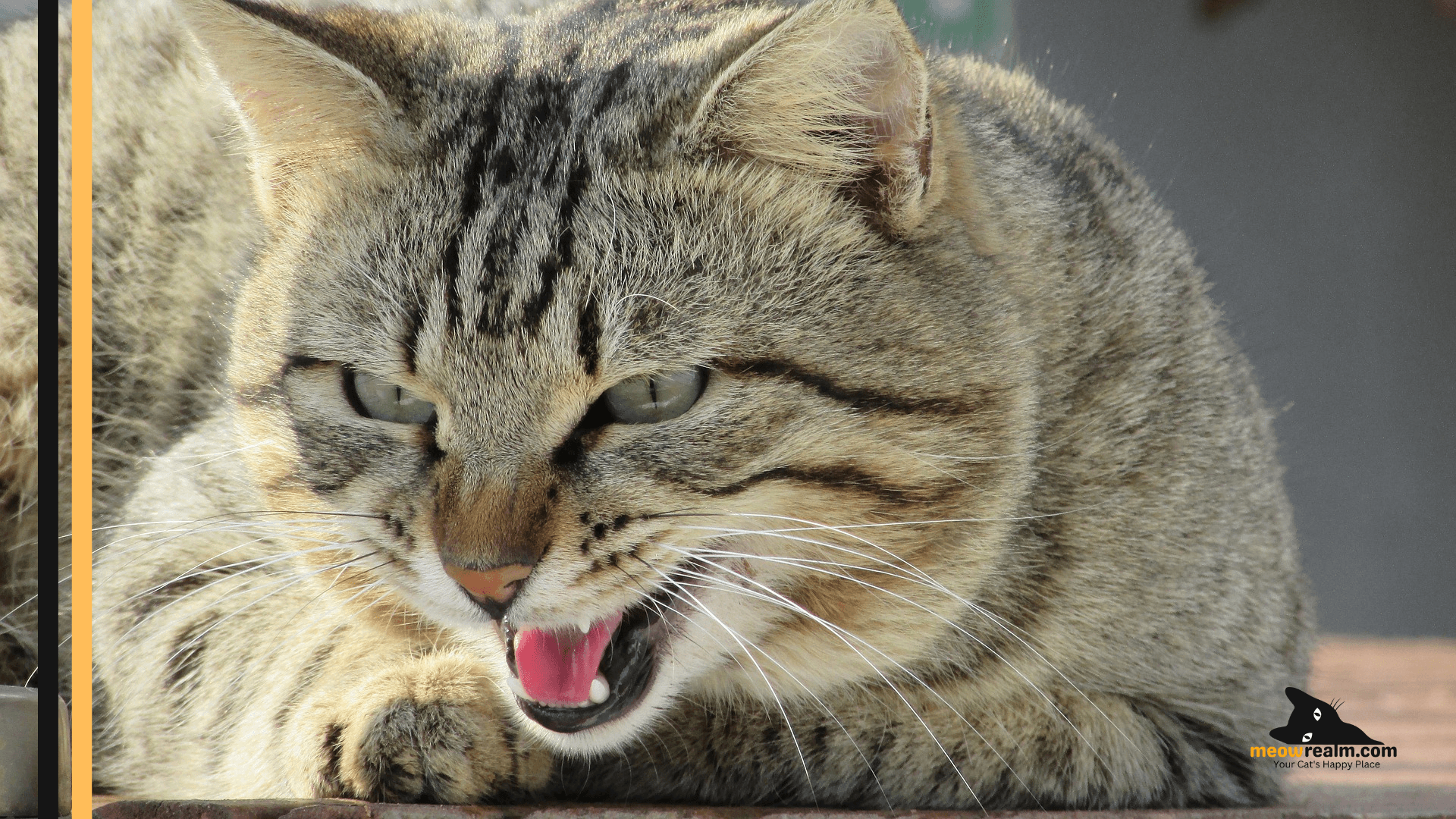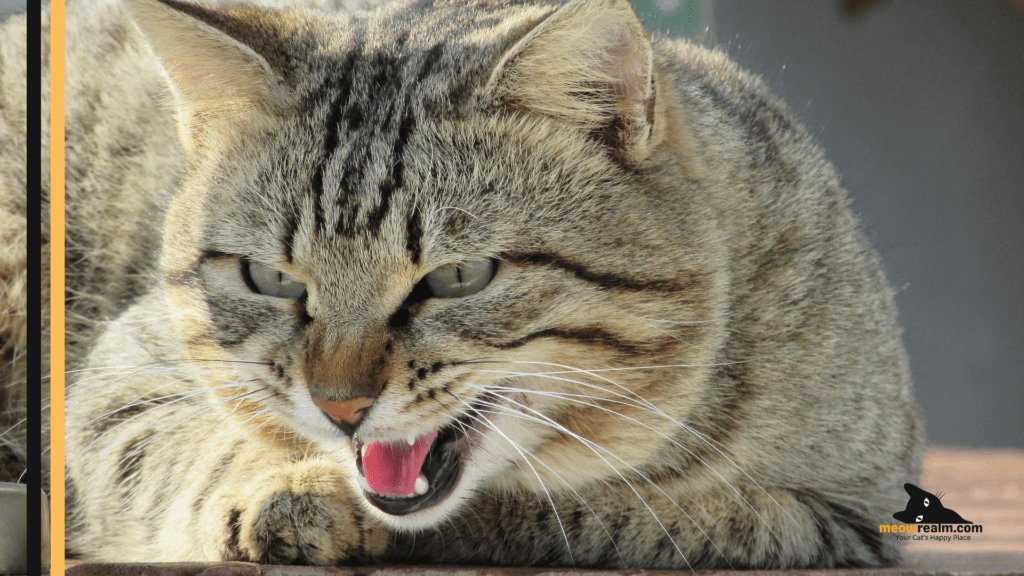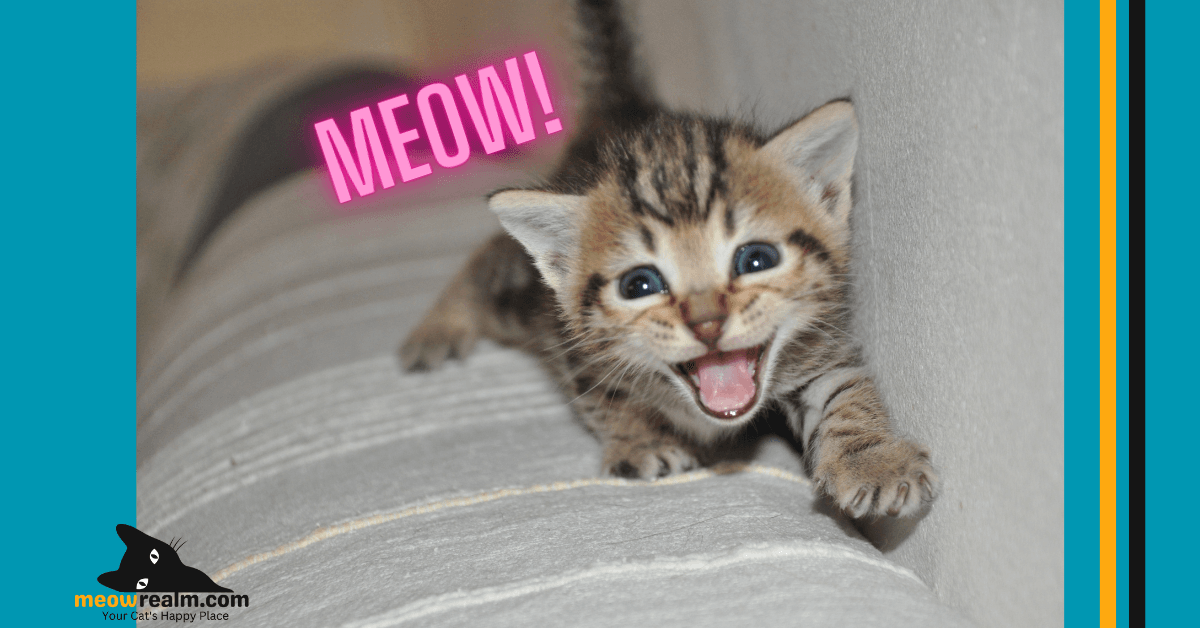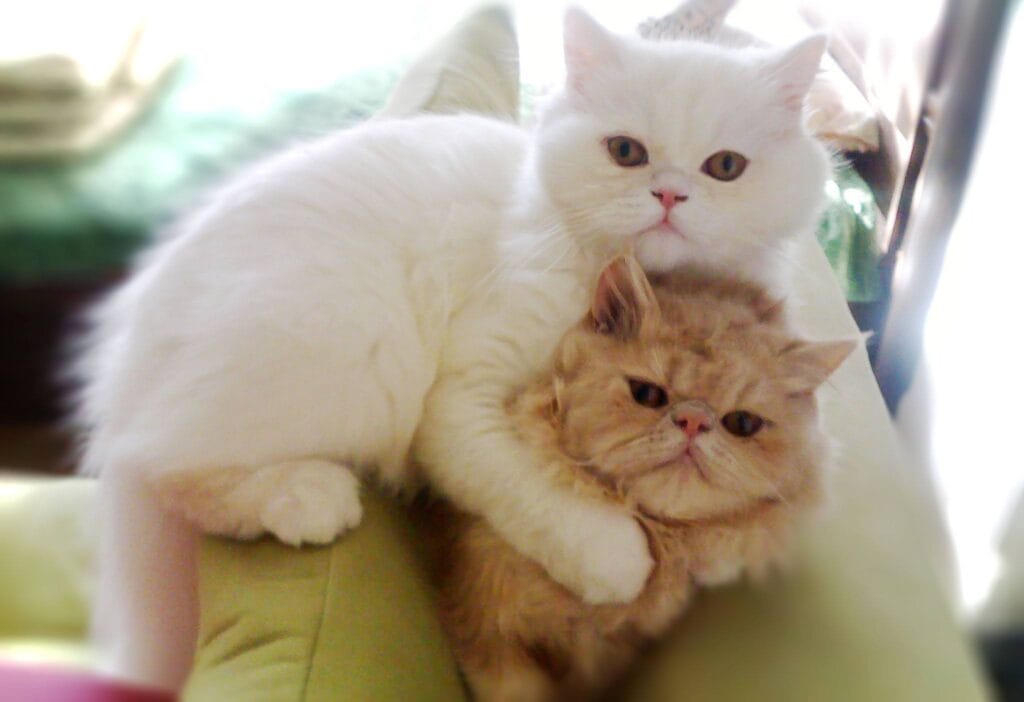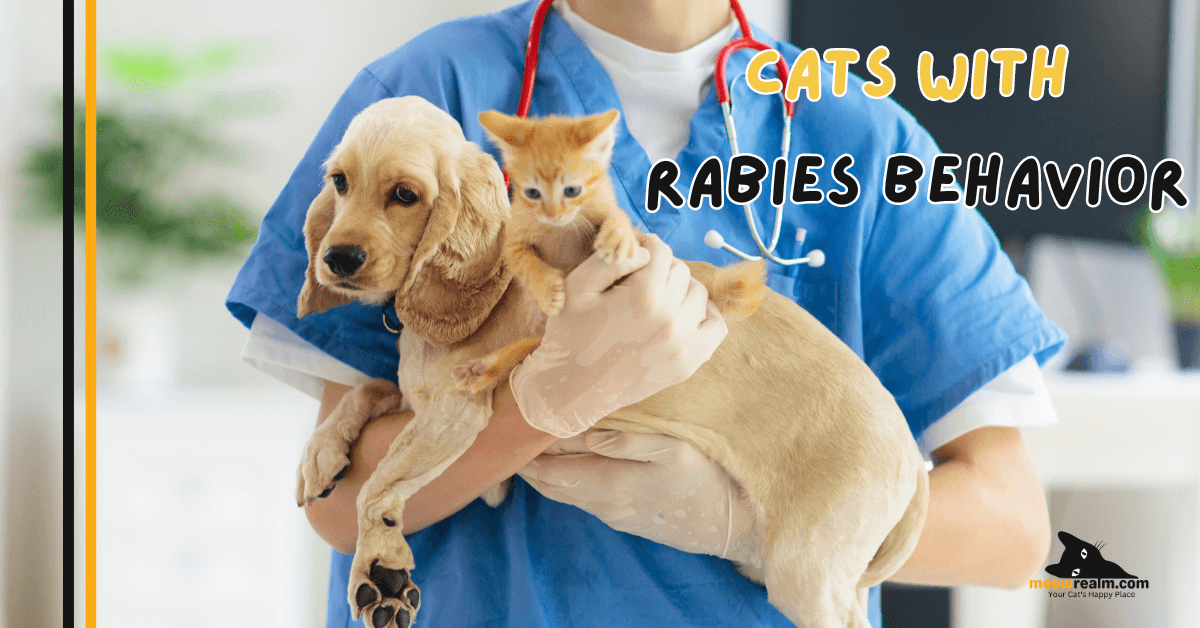cats with rabies behavior-Rabies is a word that evokes fear and concern, and rightly so. When you think of your beloved cat becoming a potential danger due to this virus, it’s more than just unsettling—it’s heartbreaking. Rabies can turn a gentle cat into an unpredictable and aggressive animal, posing serious risks to you, your family, and your community. In this article, you’ll learn everything about identifying rabies behavior in cats, understanding the associated risks, and learning preventive measures that can protect both your feline friend and the people around them.
Table of Contents
1. What is Rabies? – cats with rabies behavior
Rabies is a viral disease that impacts the central nervous system of mammals, including cats. This virus is highly contagious and deadly, spreading primarily through saliva via bites or scratches from an infected animal. Although rabies is more common in wild animals, domestic pets like cats can contract the virus if exposed to an infected animal.
The most important fact to understand about rabies is that it’s preventable with vaccination. By taking proactive steps, you can shield your cat from this terrifying disease and help keep your community safe.
2. Recognizing Rabies Behavior in Cats – cats with rabies behavior
Understanding the signs of rabies can make all the difference in responding effectively if your cat is exposed. Rabies progresses through three stages, each with distinct symptoms. Knowing what to look for could help you react faster and with greater confidence.
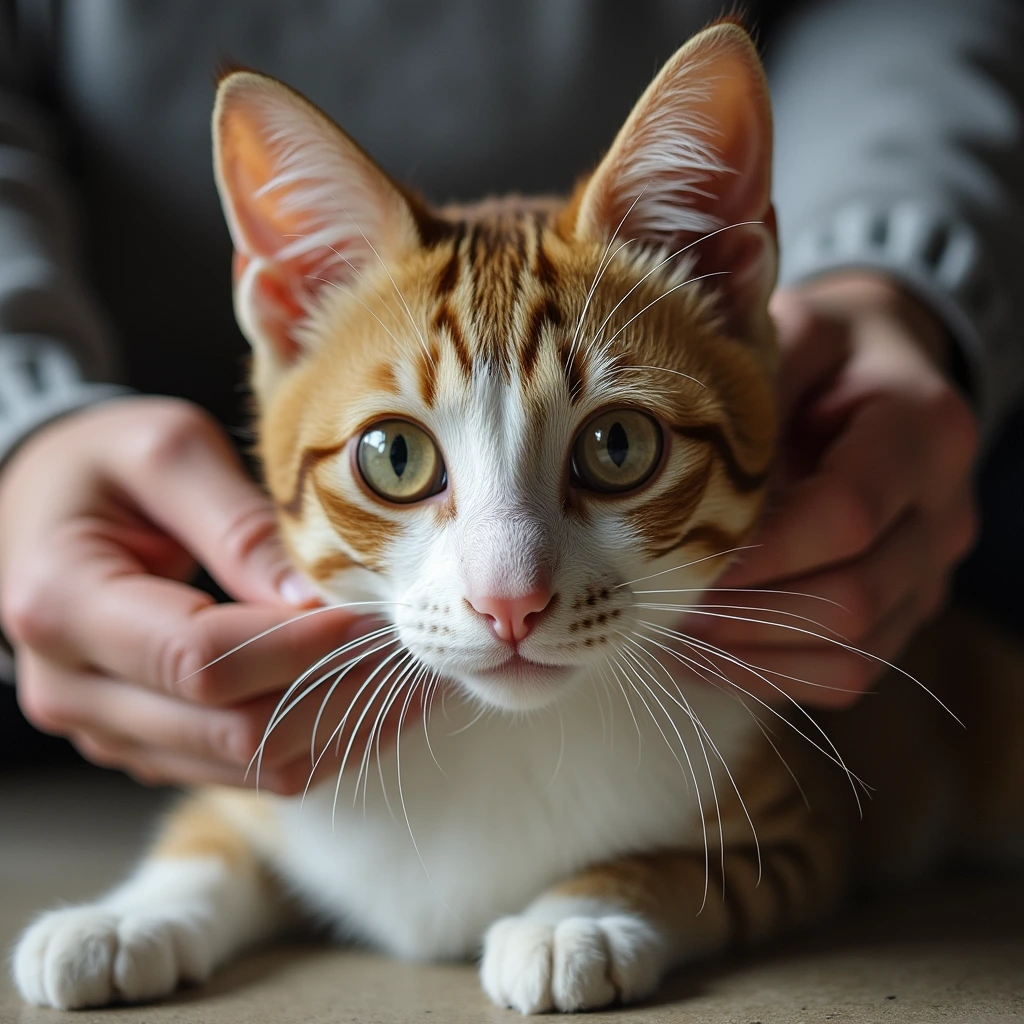
Early Symptoms
In the initial phase, cats may display:
- Unusual Aggression or Irritability: If your cat is suddenly hissing or growling without reason, take it as a warning sign.
- Increased Fearfulness: Cats in the early stages may hide more often and react nervously to normal sounds or activities.
- Sensitivity to Light and Sound: Bright lights or loud noises may cause extreme discomfort, leading your cat to shy away or act erratically.
Progressive Symptoms
As rabies advances, symptoms become more severe:
- Excessive Drooling: Rabies affects the muscles controlling the jaw and throat, leading to excessive drooling, which is one of the hallmark signs.
- Difficulty Swallowing: You may notice your cat struggling to eat or drink.
- Unsteady Gait: Muscle control diminishes, causing unsteadiness and possible paralysis, especially in the hind legs.
Recognizing these symptoms in the early and progressive stages is essential for taking swift action.
3. Stages of Rabies in Cats -cats with rabies behavior
Rabies in cats generally progresses in three stages, each presenting with unique behaviors and symptoms.
Prodromal Stage
In this initial stage, symptoms might be subtle, but they’re indicative. Look out for:
- Sudden changes in behavior, such as going from affectionate to aloof or fearful.
- Low-grade fever and a general feeling of illness.
- Withdrawn behavior, where your cat may avoid contact or interaction.
Excitative (Furious) Stage
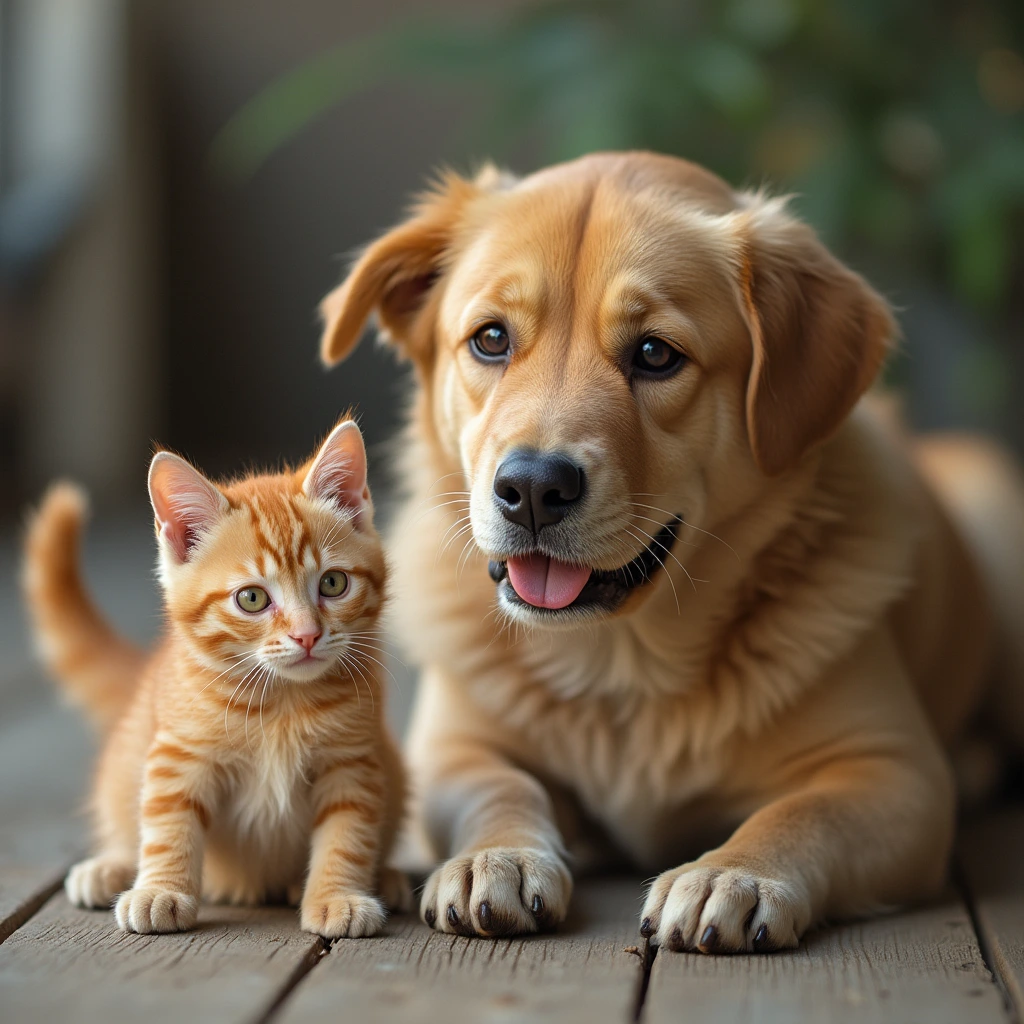
The excitative stage is marked by aggression and disorientation. Cats may:
- Lash out at others, even if they were once friendly and gentle.
- Vocalize more, often in disturbing, distressed tones.
- Display hyperactivity and restless behavior, making it difficult to keep them calm.
Paralytic (Dumb) Stage
This is the final and most devastating phase:
- Paralysis begins, usually starting in the hind legs and progressing.
- Breathing becomes labored as paralysis spreads to respiratory muscles.
- Ultimately, the cat succumbs to the disease, making this stage both tragic and inevitable if untreated.
4. Diagnosing Rabies in Cats – cats with rabies behavior
Veterinary Examination
A vet will examine your cat’s behavior, and if they suspect rabies, they may recommend quarantine to monitor any progression of symptoms. In cases where rabies exposure is confirmed or highly suspected, euthanasia may be suggested to prevent the spread.
Post-Mortem Diagnosis
While difficult to consider, a conclusive rabies diagnosis can only be made after death. Veterinarians will test brain tissue to confirm the virus, providing crucial information to prevent further spread in the community.
5. Risks of Rabies in Cats for Humans and Other Animals – cats with rabies behavior
Rabies is a zoonotic disease, meaning it can transfer from animals to humans, making it a serious public health concern. Knowing how it spreads and taking preventive steps can protect you, your family, and other animals in your home.
Transmission Risks
Rabies is primarily spread through saliva. This means that bites or even saliva exposure on open wounds or mucous membranes can transmit the virus. If your cat contracts rabies, other pets and people in the household are at risk.
Public Health Concerns
Because rabies is fatal once symptoms appear, health organizations worldwide stress the importance of prevention. Rabies in pets can lead to a cascade of risks in communities, necessitating awareness and action.
6. Preventing Rabies in Cats – cats with rabies behavior
Fortunately, rabies prevention in cats is straightforward and highly effective with vaccination and responsible pet practices.
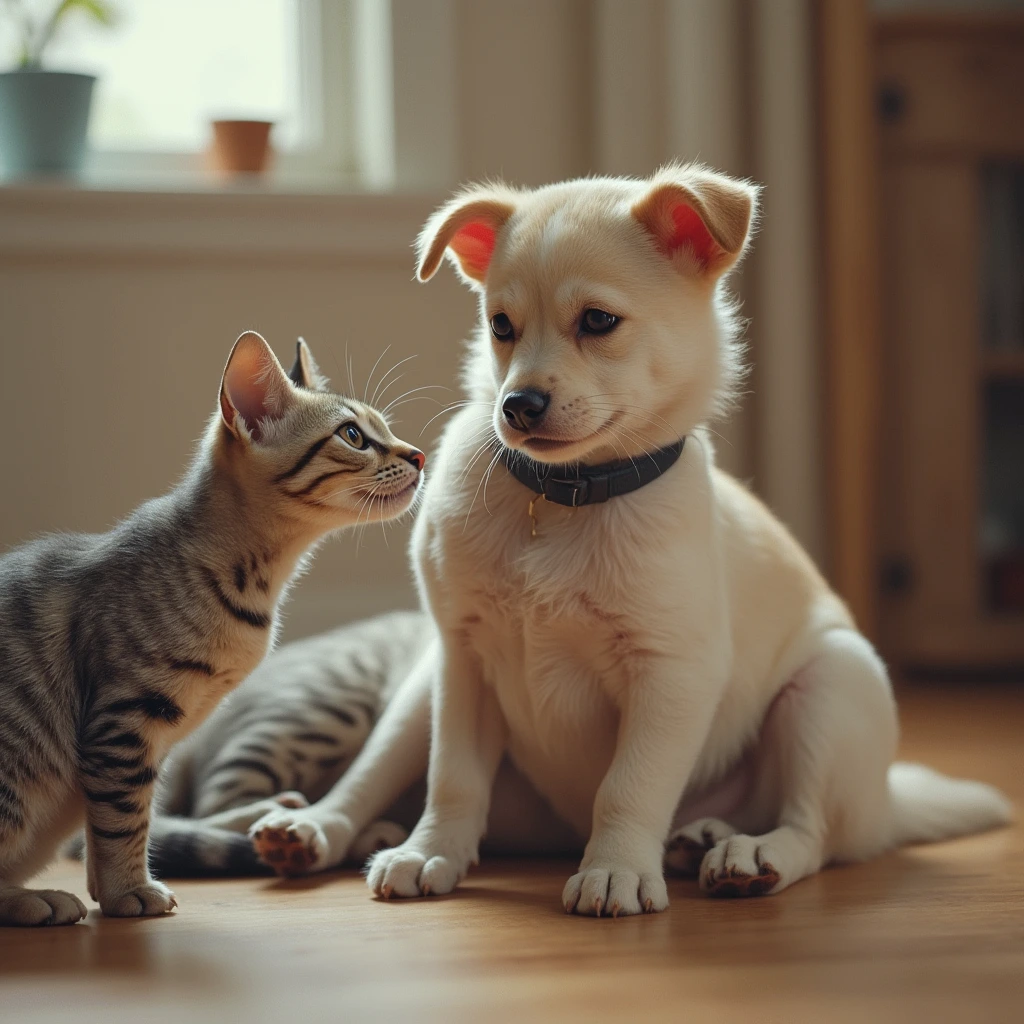
Vaccination
Rabies vaccination is the most effective way to protect your cat and is required by law in many areas. Ensure your cat receives their first rabies vaccine at the appropriate age, followed by regular boosters as recommended by your vet.
Avoiding Contact with Strays and Wildlife
Cats that roam outdoors unsupervised are at a higher risk of rabies exposure. Stray animals and wildlife can carry the virus, so keeping your cat indoors or in a safe outdoor enclosure minimizes this risk.
Immediate Actions After a Bite
If your cat is bitten by an animal that may have rabies, clean the wound thoroughly and contact a veterinarian right away. Early intervention can help manage exposure risks.
7. Treatment and Care for Cats Exposed to Rabies -cats with rabies behavior
Quarantine Protocols
For any cat suspected of being exposed to rabies, a quarantine period is generally enforced by veterinarians to monitor for signs of the virus. This period ensures that any potential symptoms are caught early.
Legal Obligations
In many regions, you’re legally required to report potential rabies cases, particularly if the exposed cat has had any contact with humans or other animals. Familiarize yourself with local regulations to handle the situation correctly.
Pros and Cons of Vaccinating Cats for Rabies
Pros
- Protection for Family and Pets: Vaccinating your cat helps protect everyone in your household from this dangerous disease.
- Legal Compliance: In many places, rabies vaccination for pets is legally required.
Cons
- Potential Side Effects: Although rare, some cats may have mild reactions to the vaccine.
- Cost: While necessary, vaccination can be a small added expense for pet owners.
Frequently Asked Questions (FAQ)
- Can an indoor cat get rabies?
- Although rare, an indoor cat could still be exposed if a rabid animal enters the home or if the cat interacts with infected animals during supervised outdoor visits.
- What should I do if I suspect my cat has rabies?
- Immediately isolate your cat, avoid handling them directly, and contact a veterinarian. They will provide instructions for safe handling and examination.
Rabies is a preventable, yet deadly disease. By understanding the signs of rabies behavior in cats and the importance of vaccinations, you’re taking essential steps to protect your pet and community. Prioritize prevention, stay vigilant for symptoms, and don’t hesitate to consult your veterinarian with any concerns.
Call to Action
For more insights into feline health and behavior, visit www.meowrealm.com. Stay informed, and share this article to help spread awareness on keeping cats safe from rabies!


